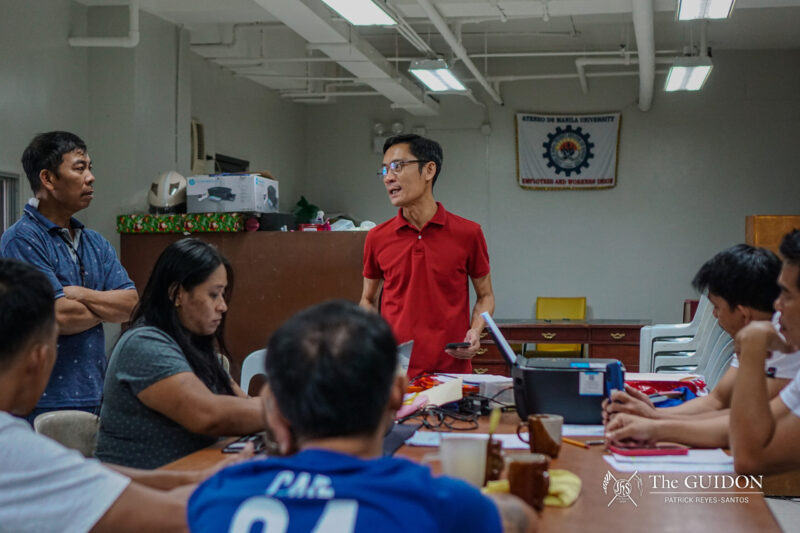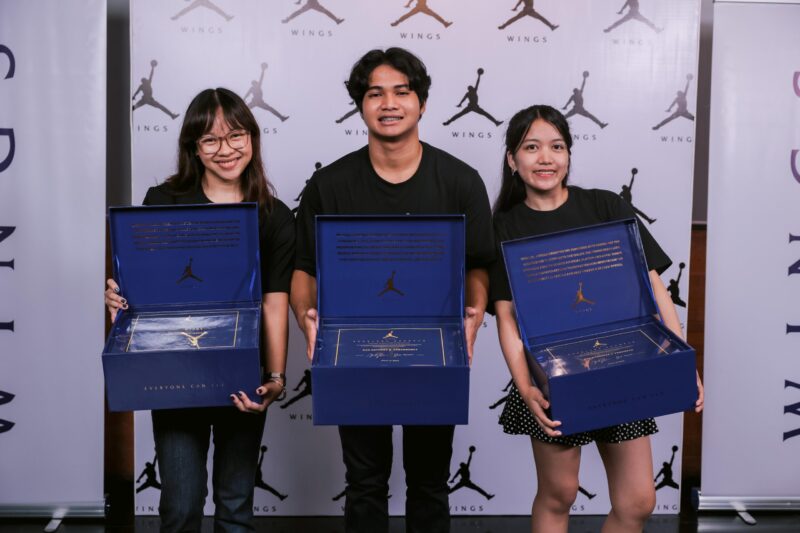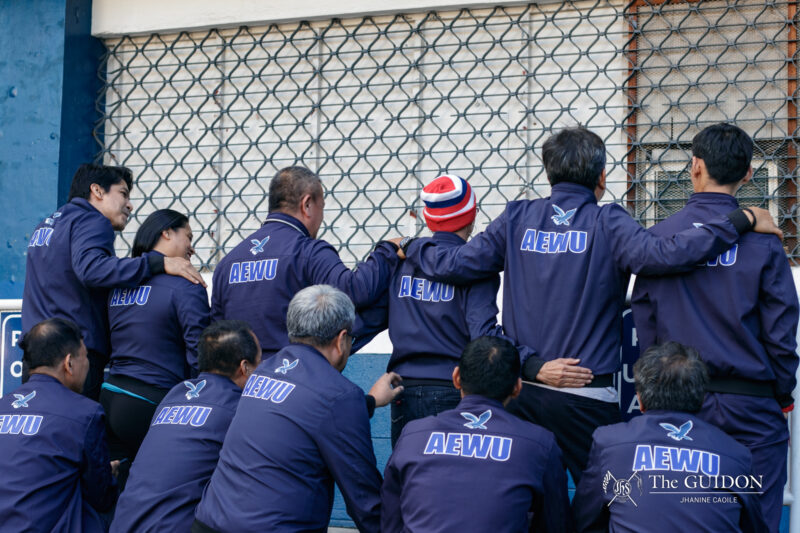THE FIRST Ateneo Sustainability Report was released during the Pathways Towards a More Sustainable Society conference held in the Ricardo and Dr. Rosita Leong Hall Auditorium on July 3.
The report is in line with the Ateneo’s continued efforts towards sustainable development, a goal that falls under one of the three strategic thrusts that University President Jose Ramon Villarin, SJ wants to undertake within his term.
The university sustainability efforts are part of the thrust on Environment and Development, which aims to create solutions towards “building [the] future with nature,” according to Villarin’s statement in the report.
The thrusts also include Mission and Identity, and Nation-building.
With guidelines taken from the Global Reporting Initiative (GRI), the report assessed the university’s sustainability in terms of its economic, environmental and social impact on its stakeholders.
The GRI, according to its official website, promotes sustainability reporting to help institutions further contribute to non-hazardous development.
The report was spearheaded by the Ateneo Institute of Sustainability (AIS) and was written by AIS Director Assunta Cuyegkeng, PhD, Environmental Science (ES) Department Instructor Abigail Favis, ES Department Assistant Professor Kendra Gotangco, PhD and BS Management Program Director Marion Tan.
The contributors for the report included Ateneo administrators, faculty, students and alumni.
The AIS serves as a hub for converging efforts towards the Environment and Development thrust.
Findings
According to Tan, the Ateneo does not measure economic impact through profitability.
Tan said that, being an educational institution, the Ateneo’s economic impact is defined by how effectively the budget for university operations is used.
She said that 54% of the budget is used for the salaries and benefits of the university faculty and personnel, 10% for suppliesand 7% for scholarships.
Tan also detailed the indirect economic impact the university has created through its various initiatives under the Office of the Vice President for Social Development.
As an example, she cited the work of the Ateneo Center for Educational Development, which provides services that help improve public school education.
She also mentioned Pathways for Higher Education, which helps public school students transition to college, and Gawad Kalinga-Ateneo, which aids in developing other GK communities.
For environmental impact, Tan mentioned the efforts in creating effective energy consumption, such as the installation of efficient lighting systems.
She mentioned initiatives taken for water conservation, such as the rainwater harvesting system installed in the New Rizal Library for flushing toilets.
Rainwater harvesting systems collect rain from rooftops and store them in collection devices for future use.
Tan also cited segregation efforts for waste management and the thriving biodiversity in the campus, such as the discovery of the Hydraena ateneo water beetle.
The report said that the beetle was discovered during a recent forest survey by university students and faculty.
As for social impact, she noted the equal gender opportunities the university has for employment.
According to the report, there are a total of 1,141 female employees and 1,397 male employees on campus.
Tan also highlighted effective relations with labor and management, as well as privacy and health initiatives for the university’s stakeholders.
The findings presented during the launch were highlights of the report. Tan mentioned that the full report could be accessed online.
Process
Favis said that the idea of making a sustainability report for the Ateneo began two years ago.
The concept started with an exercise in a Special Topics in Administration: Business and the Environment class handled by Cuyegkeng.
Writing for the report began in November of last year. Favis said that most of the work was done under self-study, since the team was not formally trained in making GRI reports until last April.
Tan aided the group in understanding the guidelines made by the GRI.






